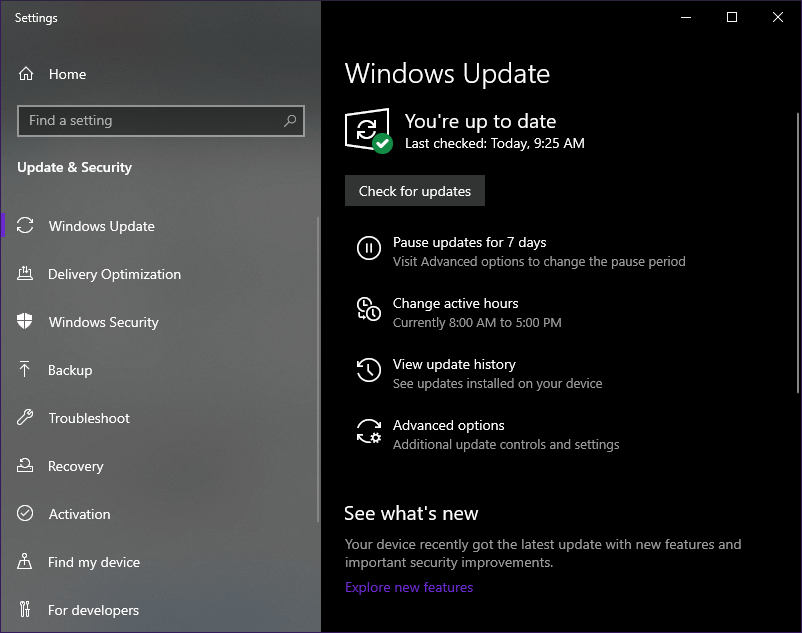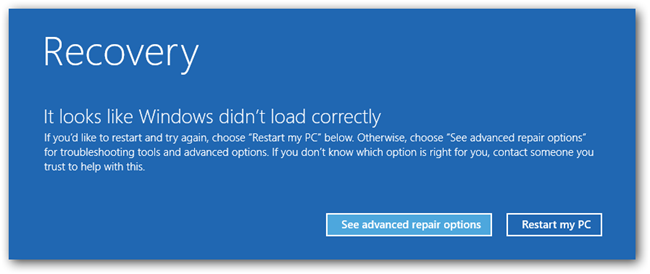

- #PARALLELS UPDATE IN SAFE MODE HOW TO#
- #PARALLELS UPDATE IN SAFE MODE INSTALL#
- #PARALLELS UPDATE IN SAFE MODE DRIVERS#
- #PARALLELS UPDATE IN SAFE MODE FULL#
shutdown /rĥ) Wait until the computer restarts, then check to see if your computer manages to exit safe mode. bcdedit /deletevalue safebootĤ) Type the command line below and press Enter (this will reboot your computer after a while).

This will open Command Prompt (with administrative privileges).ģ) In Command Prompt, type the command line below and press Enter on your keyboard (this will delete the safe boot element). To do so:Ģ) In the Run dialog, type “ cmd” and press Enter on your keyboard. This can also stop your computer from starting in safe mode. Method 2: Delete safe boot using Command PromptĪnother method you can try to get out of safe mode is to delete the safe boot element from the boot configuration of your system. If this works for you, your computer will then get out of safe mode and restart in normal mode. Now, I should say that this mode is intended to prevent. I certainly know that this is how I felt after running my unbounded UPDATE statement. After that, click OK.Ĥ) In the dialog popping up, click Restart. The 'safe updates' mode can be enabled using the following configuration options:-safe-updates-i-am-a-dummy I do think its kind of funny that 'I am a Dummy' is an alias for the Safe Updates setting. I turned off auto update, but for some reason, it still updated.
#PARALLELS UPDATE IN SAFE MODE HOW TO#
Now, I just have to figure out how to stop it from doing updates. The uninstall finished and it's back to working the way it was before.
#PARALLELS UPDATE IN SAFE MODE INSTALL#
Microsoft recommends that if you install an update while. EDIT 4: While in safe mode, I was able to find the uninstall for the last update. This will open System Configuration.ģ) In System Configuration, click the Boot tab, and then uncheck Safe boot. Once in Safe Mode, Go to Settings > Update & Security and run Windows Update. Method 2: Delete safe boot using Command Promptġ) Press the Windows logo key and R on your keyboard at the same time to invoke the Run dialog.Ģ) In the Run dialog, type “ msconfig” and press Enter on your keyboard. Method 1: Turn off safe boot in System Configuration The following are the methods that have helped many Windows 10 users exit safe mode. And you may be trying desperately to find a solution.īut don’t worry.
#PARALLELS UPDATE IN SAFE MODE FULL#
You can’t use the full features of your Windows 10 when in safe mode. In some cases, the computer gets stuck in safe mode even when the users try to start their computer normally. Now, start Windows and press the F8 key before the Windows screen comes up. In your virtual machine configuration, go to Hardware, select Boot Order and put a checkmark next to Select boot device on startup.

After they have started their computer into safe mode, it can’t return to normal mode. First, start Windows in Safe Mode and check how it goes. Many Windows 10 users have reported that they can’t get out of safe mode. You can start your computer in safe mode to troubleshoot issues on your operating system or on your programs. When you finish fixing issues, you can simply restart your computer to exit safe mode.īut things doesn’t always go as easy as that.
#PARALLELS UPDATE IN SAFE MODE DRIVERS#
If your computer is unstable, you’ll have to do this from Safe Modethe hardware drivers won’t interfere and make your computer. When your Windows 10 is in safe mode, the operating system is running with a minimal set of drivers and services. Update Hardware Drivers: Assuming your hardware drivers are causing system instability, you may want to download and install updated drivers from your manufacturer’s website and install them in Safe Mode. Windows11_Ent_RTM_21H2_64bit_22000.556_on_Asus Vivobook_Laptop R542UQ-DM153_Intel_i5-7200u_Nvidia_940mx_2GBvram-16GBram-2TBHDD_2TBHDD_1TB_M.Safe mode is one of the diagnostic modes of Windows 10 (and any other version of Windows). Put check mark in NORMAL STARTUP then OK. WINDOWS UPDATE then CHANGE SETINGS then select INSTALL UPDATEĢ) put check marks in RECOMMENDED UPDATESģ) put check mark in WHO CAN INSTALL UPDATESħ) on the rightside, click COMPUTER CONFIGURATIONĨ) then ADMINISTRATIVE TEMPLATES then WINDOWS COMPONENTSġ0) you need to make 7 things to enable from the optionsĪ) enabling windows update power management -ĭ) allow non administrators to receive updates -į) allow automatic updates immediate installationġ1) stat RUN type MSCONFIG then on GENERAL TAB , 1) click START then CONTROL PANEL then SYSTEMAND SECURITY then


 0 kommentar(er)
0 kommentar(er)
